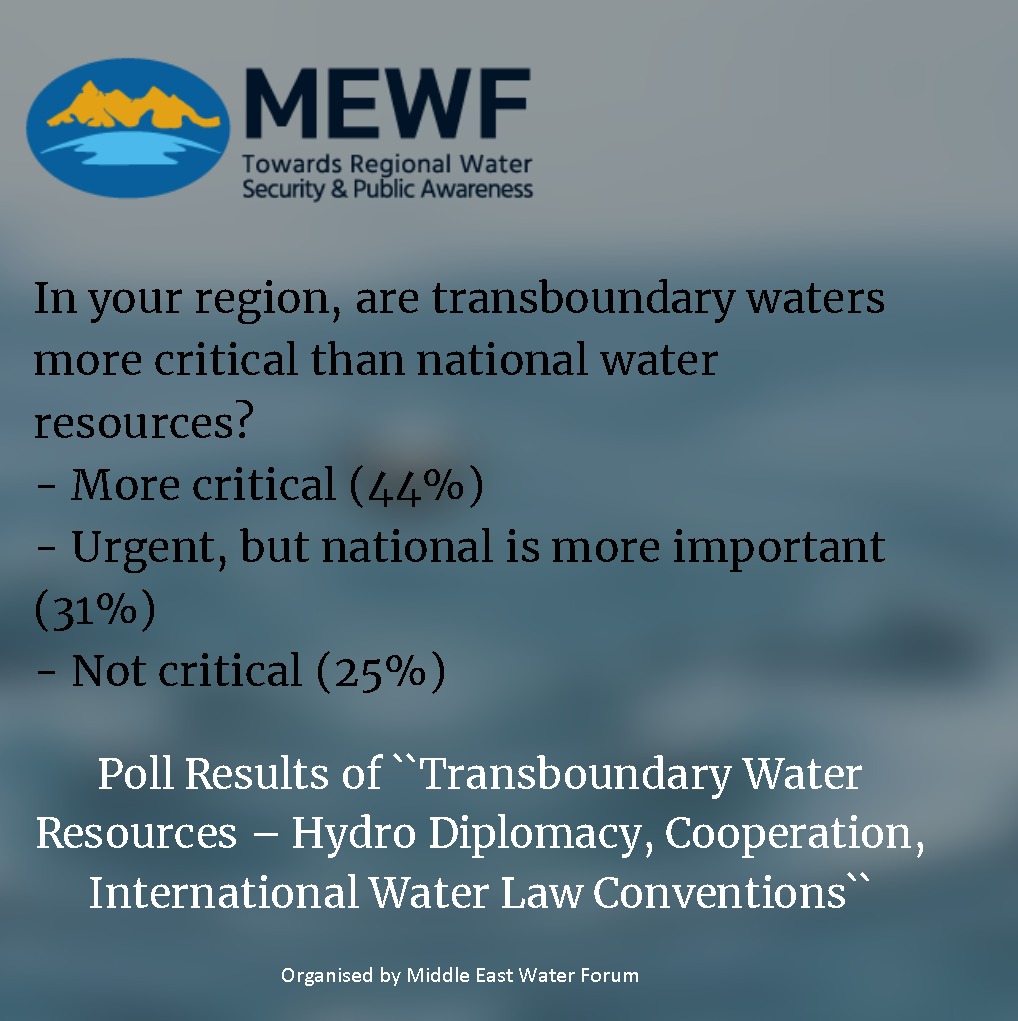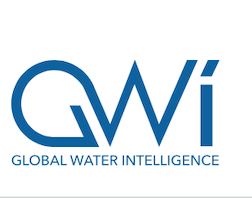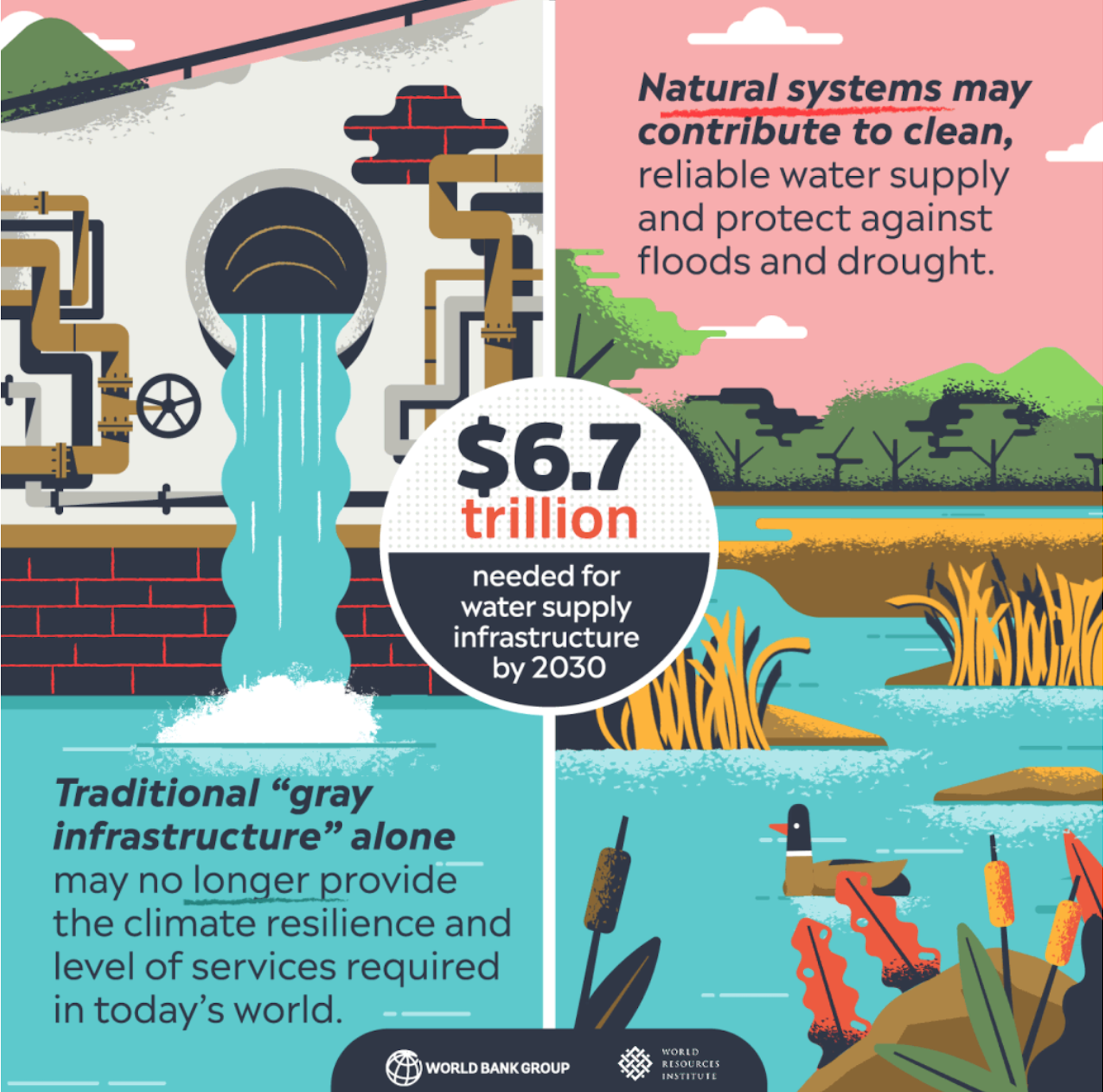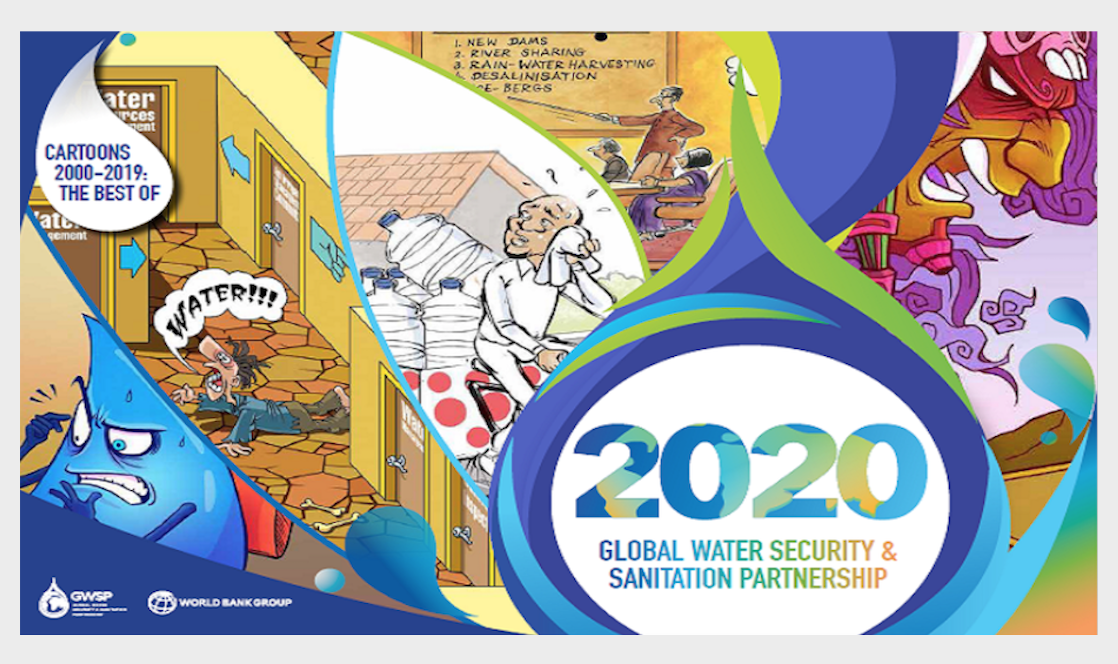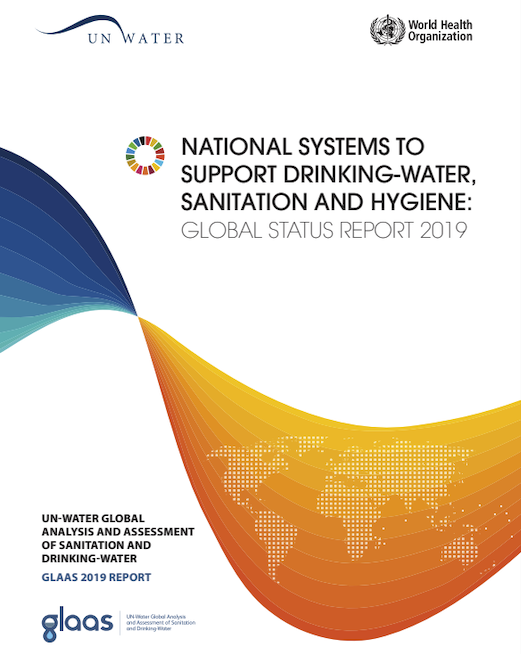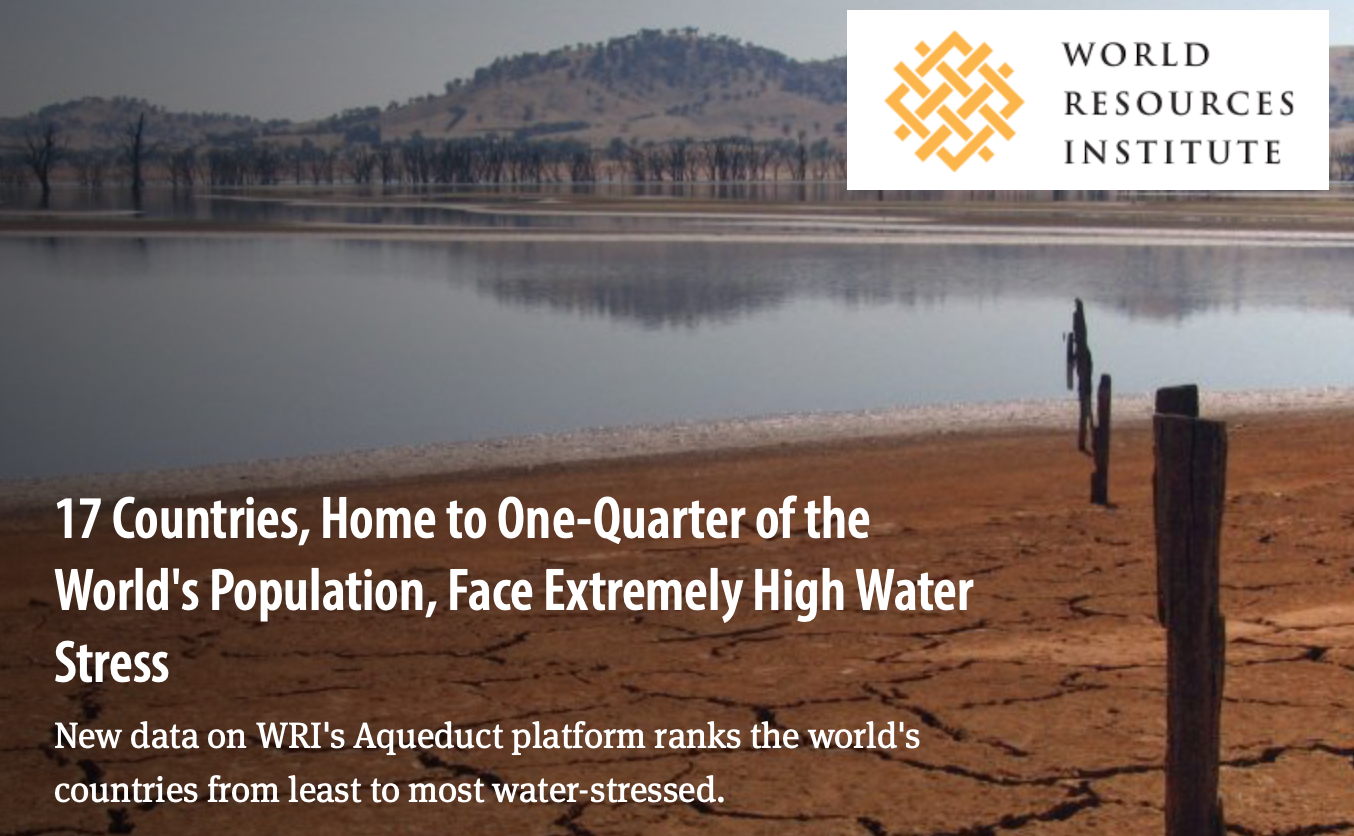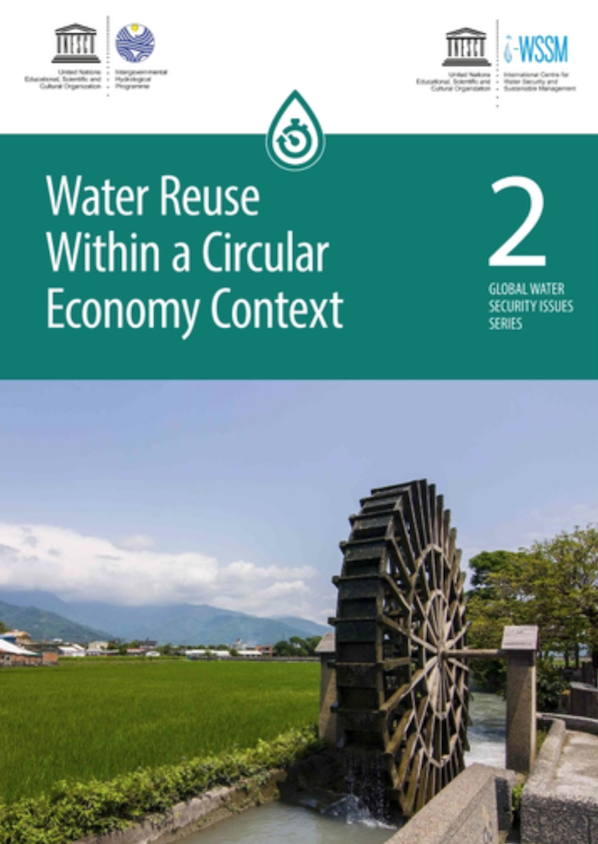
In the urban neighborhood known as Kosovo Village in Nairobi, Kenya, 95% of residents defecate in communal or shared facilities where untreated human waste drains directly into a nearby river. During a storm, fetid and polluted waters flood the riverbanks, drainage channels, and neighborhood paths, forcing residents to wade through. Lack of proper treatment also contaminates drinking water and increases the risk of disease. The houses in Kosovo Village are densely packed, compounding the risk of contamination from unsafe sanitation practices.
Other neighborhoods in the city rely on pit latrines for their sanitation needs. But even though these latrines are shared between smaller, specific group of tenants, and might be counted as "improved sanitation" towards the SDG goals, they still need to be properly emptied every few months—a service unaffordable to low-income households. It is easier for households to hire cheaper but unsafe manual pit latrine emptiers (who dump the waste somewhere else) [5] or to not empty at all. So these too, often end up contaminating local water sources.
 norbert-paul-owtscharenko
norbert-paul-owtscharenko
Problem Catching heavy Rains from Each Roof for Usage & Even from streets + places for Cleaning -> watering, trickling underground !
So Destructive power & floods Of Heavy Rains Are minimized !
Human Facies Must Be separated from Urins -> Dry Toilets - "great" Bowls - with plant-leafs covering each Stool, Urins Shall Be separated in another bowl, for winning fertilizer - Phosphorus, "nitrogens" !
? ? ?
 samera-ali
samera-ali








